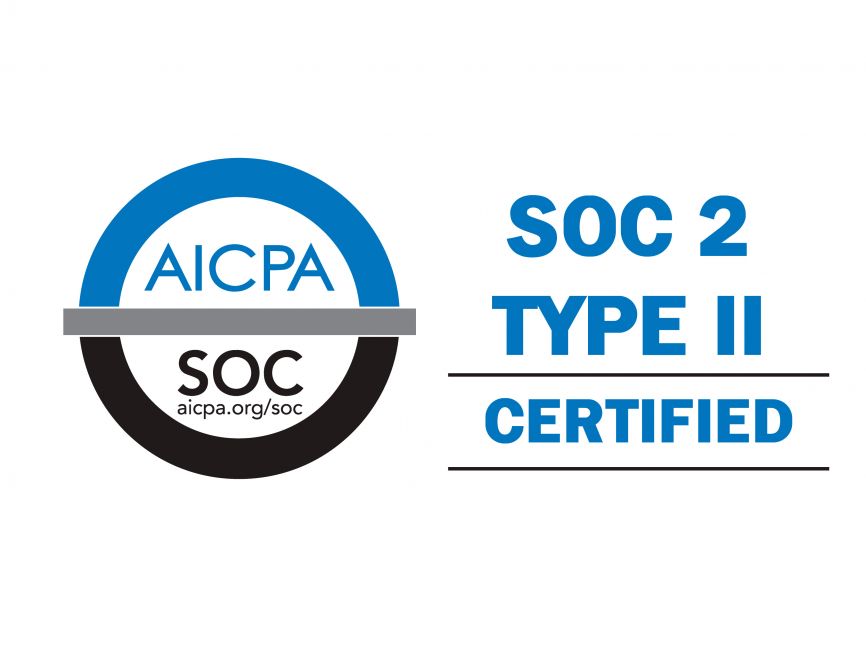You could be eligible for subsidies that lower the cost of an Affordable Care Act (ACA) health plan. There are two types of financial assistance available:
- Premium tax credits, which reduce your monthly premium payment costs for insurance coverage
- A cost sharing reduction, which lowers out-of-pocket costs when you receive healthcare services.
Do I Qualify for a Premium Tax Credit?
There are several criteria you have to meet to qualify for a premium tax credit for 2023 coverage:
- Your household income must be at least 100% of the federal poverty level (FPL) if your state has not expanded its Medicaid program. If you live in a Medicaid expansion state, your income must be at least 138% of the FPL.
- Click to see the FPL guidelines for the 2023 ACA coverage year.
- For premium tax credit purposes, household income is defined as the Modified Adjusted Gross Income (MAGI) of the taxpayer, spouse, and dependents. The MAGI calculation includes income sources such as wages, salary, foreign income, interest, dividends, and Social Security.
- You or a family member must not have access to affordable health coverage that meets minimum value standards through an employer.
- Read our blog, Your Family Could Qualify for ACA Health Plan Subsidies Even if You’re Working, for more information on affordable employer coverage.
- You are not eligible for Medicare, Medicaid, the Children’s Health Insurance Program (CHIP), or other public assistance programs.
- You are a US citizen or a lawfully present immigrant.
- If you are a lawfully present immigrant, you must have proof of immigrant status, your household income must be below 100% of the FPL, and you must meet all other eligibility requirements to qualify.
- You must file taxes jointly with your spouse if you are married.
How do Premium Tax Credits Work?
ACA health plans are grouped into four metal coverage categories—bronze, silver, gold, and platinum—to make it easier for you to compare plans and understand costs. Read our Understanding ACA Metal Plans flyer for more information.
The following table provides an overview of the costs, as well as the pros and cons of each type of plan.
|
Type of Plan |
Monthly
Premium |
Deductible | Your Costs | Why You Might Want to Choose This Type of Plan |
| Bronze | Lowest | Very high if you need care | Highest costs when you get care | You want protection in case of serious medical issues, but you don’t want to pay a lot each month. |
| Silver | Moderate | Usually lower than bronze plans | Moderate when you get care |
You want to pay a slightly higher monthly premium to have more routine care covered. You must select a silver plan if you qualify for cost sharing reductions (explained below). |
| Gold | High | Usually low | Lower costs when you get care | You want to pay a higher premium each month to have more of your care costs covered. If you use a lot of services or medicines, this might be right for you. |
| Platinum | Highest | Low | Lowest costs when you get care |
You use a lot of services or medicines and are willing to pay a very high premium each month, knowing that most of your other costs will be covered. |
Your tax credit limits the amount you pay toward the premium for the benchmark plan, which is the second-lowest cost silver plan available in your area. You can apply your premium tax credit to any metal-level plan. Your contribution is based on your household income and the premium cost of the plan you choose.
For example, if you pick the benchmark plan and your household income is 150% of the FPL, your tax credit would cover the entire monthly premium—your monthly premium cost would be $0.
If your household income is 400% of the FPL, you will not pay more than 8.5% of your income, based on the actual monthly premium cost of the plan you pick.
What are Cost Sharing Reductions?
You may also qualify for a cost sharing reduction, which lowers your out-of-pocket cost for deductibles, copayments, and coinsurance when you receive covered healthcare services.
Our Understanding Healthcare Terms flyer explains these and other common terms.
Am I Eligible for a Cost Sharing Reduction?
If you get a premium tax credit and your household income is between 100% to 250% of the FPL, you are eligible for cost sharing reductions. You must buy a silver plan to get a cost sharing reduction.
What Will My Cost Sharing Reductions Be?
Cost sharing reductions are based on your household income. You get more cost sharing reductions if your income is 150% of the FPL than if it is 400% of the FPL.
The good news is that the ACA limits the amount of out-of-pocket costs you have to pay each plan year. The cap depends on your income, the type of plan you have, and if you have an individual or family plan.
How Do I Find out What Subsidies I Qualify For?
Act soon because Open Enrollment ends December 15 if you want coverage to start on January 1. You must enroll in an ACA health plan by January 15, when the Open Enrollment Period ends. Coverage would start February 1.
There are free resources to answer all your ACA enrollment questions, including subsidies you may qualify for. You could call the Federal Marketplace or a health navigator. You can also call an experienced agent. But not all agents are the same.
Captive agents work for one insurance company, so they sell plans offered by that insurer only. Independent agents work with several insurers, so they can compare many plans from different companies. Independent agents will also be available to answer your insurance-related questions all year long.
American Exchange Can Help You Enroll in an ACA Plan
American Exchange has licensed, independent agents who will listen to your healthcare and lifestyle needs to help you find the best plan and ensure you and your family get all available tax credits. Call 1.888.995.1674 or visit americanexchange.com.
1.888.995.1674 americanexchange.com
During the ACA Open Enrollment period, our agents are available to speak with you:
Monday through Friday from 8:00 a.m. to 8:00 p.m. Eastern Time
Saturday 8:00 a.m.to 5:00 p.m. Eastern Time
Sunday 12:00 p.m. to 5:00 pm. Eastern Time

